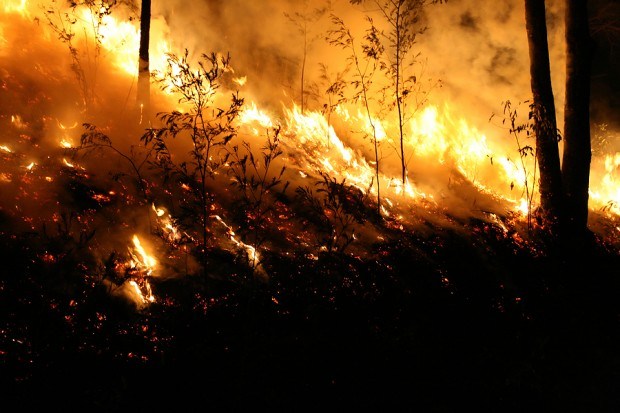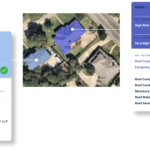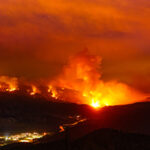Wildfire risk across the western United States has become a challenging issue for the insurance industry. Heightened risk and extreme events are squeezing carriers and devastating consumers. As a result of mounting losses, carriers are unable to provide homeowners with affordable coverage in high-risk wildfire zones.
Executive Summary
The CAPE Analytics team recently ran a very rigorous analysis to quantify the impact of creating defensible space—trimming trees, bushes and shrubs around a property—on the property's vulnerability to wildfire. Using AI and geospatial imagery, the analysts were able to quantify these impacts for the very first time, finding that 10 feet of defensible space can dramatically reduce claim frequency, damage severity and subsequent loss ratios.Regulatory bodies, on the other hand, are capping price increases and nonrenewals, and asking carriers to provide credits to homeowners who employ wildfire-related mitigation measures. In the meantime, these high-risk zones are only becoming more populated, especially as real estate cost pressures and the pandemic-fueled “Zoom Town” effect push homeowners further outside metro areas. New construction in such areas is of critical concern as it is simultaneously increasing the amount and density of exposure to wildfire events.
An ever-expanding area that mixes residential structures and vegetation, known as the wildland urban interface (WUI), was the subject of study in a recent report by CAPE Analytics and HazardHub. (“The Wildfire West: Tracking Home Construction in High-Risk Areas”) This report found that wildfire areas across California, Utah and other western states are experiencing significant new home construction. In California, in particular, extreme wildfire events have only accelerated the need to identify potential solutions. In fact, new efforts are now underway by the California Department of Insurance for a new regulatory standard around wildfire risk models and mitigation factors for insurance rating plans.































